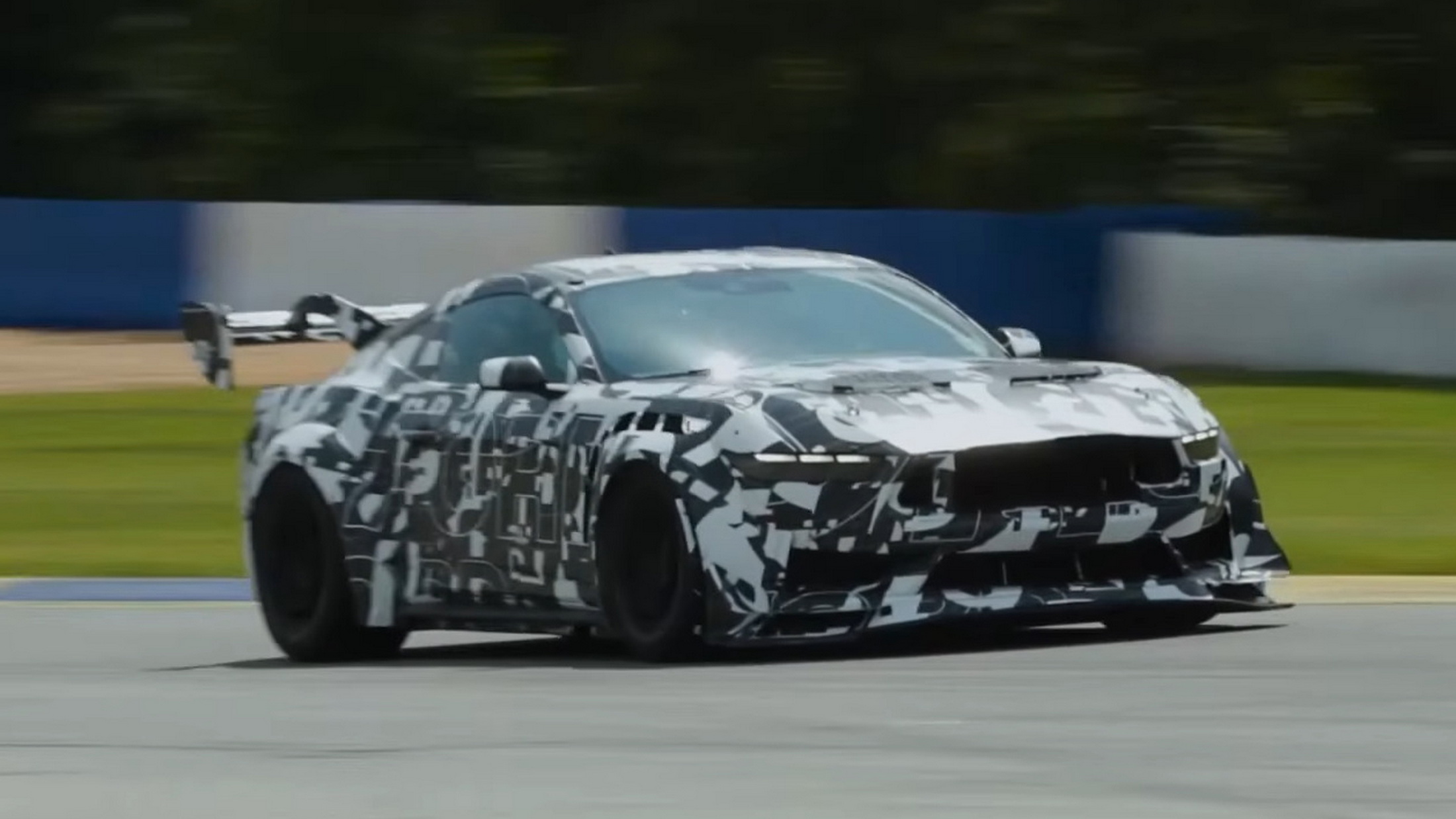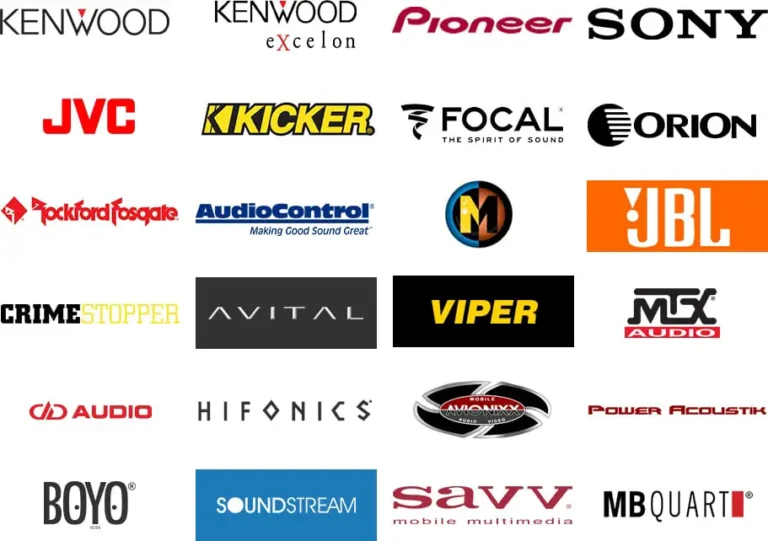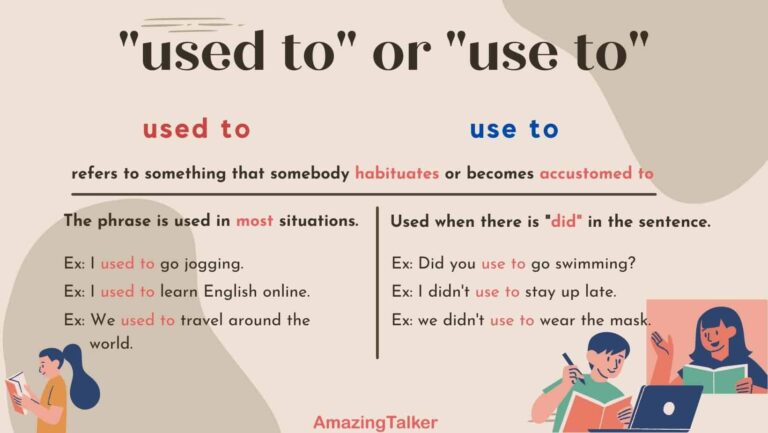Mustang Brand Car
Mustang Brand Car cars.truckstrend.com
An Enduring Icon of American Automotive Heritage
The term "Mustang Brand Car" might seem redundant to automotive enthusiasts, as "Mustang" itself is synonymous with one of the most iconic and recognizable vehicles ever produced: the Ford Mustang. More than just a car, the Mustang represents a potent blend of performance, style, and accessibility that captured the American spirit and ignited a global phenomenon. Since its groundbreaking debut in 1964, the Ford Mustang has transcended its origins as a mere vehicle to become a cultural touchstone, embodying freedom, rebellion, and the thrill of the open road. It pioneered the "pony car" segment, offering sporty styling and performance in a compact, affordable package, making high-performance driving attainable for a broader audience.
Mustang Brand Car
This comprehensive guide delves into the world of the Ford Mustang, exploring its rich history, defining characteristics, diverse models, the unique ownership experience it offers, and practical considerations for anyone looking to join the ranks of Mustang enthusiasts. Whether you’re a seasoned gearhead or a curious newcomer, understanding the Mustang means understanding a significant chapter in automotive history and a powerful force in modern car culture.
The Genesis of an Icon: A Brief History of the Ford Mustang
The story of the Ford Mustang begins with a vision. Lee Iacocca, then a Ford vice president, spearheaded the project to create a car that appealed to the burgeoning youth market – the Baby Boomers – who desired something more exciting and distinctive than their parents’ sedans. The result was a vehicle that combined European sports car flair with American practicality and affordability.
On April 17, 1964, at the New York World’s Fair, the Ford Mustang was unleashed upon the world. Its immediate success was unprecedented. Ford sold over 22,000 units on the first day alone, and within two years, more than a million Mustangs had rolled off the assembly line. Its long hood, short deck, and aggressive stance became instantly recognizable.
Over the decades, the Mustang has undergone numerous transformations across seven distinct generations, each reflecting the changing tastes and technological advancements of its era:
- First Generation (1964.5-1973): The classic era, featuring iconic models like the Shelby GT350 and GT500, Boss 302, and Mach 1. This period solidified its muscle car credentials.
- Second Generation (1974-1978): The Mustang II, a smaller, more fuel-efficient response to the oil crisis, often criticized by purists but successful in its time.
- Third Generation (1979-1993): The "Fox Body" Mustang, a highly versatile and popular platform that saw a resurgence of performance in the late 80s.
- Fourth Generation (1994-2004): The SN95, bringing back more traditional Mustang styling cues and offering a variety of V6 and V8 engines, including the modular V8.
- Fifth Generation (2005-2014): The S197, a retro-futuristic design that heavily referenced the original 1960s Mustang, sparking a renewed interest in the pony car segment.
- Sixth Generation (2015-2023): The S550, which introduced independent rear suspension across the lineup, global market availability, and advanced technology. This generation also saw the introduction of the controversial Mustang Mach-E electric SUV.
- Seventh Generation (2024-Present): The S650, building on the S550’s success with updated styling, enhanced performance, and more advanced digital cockpits, while retaining its core V8 appeal.


This evolution showcases Ford’s commitment to keeping the Mustang relevant while honoring its storied past.
Understanding the Mustang’s DNA: Key Characteristics & Features
At its core, the Ford Mustang embodies a specific set of characteristics that have defined it for over half a century:
- Distinctive Design: The "long hood, short deck" silhouette is a Mustang hallmark, conveying a sense of power and motion. From the iconic tri-bar taillights to the aggressive front fascia, its design is instantly recognizable and evokes a sense of speed and heritage.
- Performance Focus: While early Mustangs offered modest engines, the brand quickly became synonymous with V8 power. Modern Mustangs continue this tradition, offering a range of powerful engines:
- EcoBoost (2.3L Turbocharged I4): A highly efficient and surprisingly potent four-cylinder engine, offering excellent horsepower and torque while delivering better fuel economy. It’s a great entry point for performance.
- GT (5.0L "Coyote" V8): The heart and soul of the Mustang for many. This naturally aspirated V8 delivers exhilarating acceleration, a thrilling exhaust note, and classic American muscle car feel.
- Dark Horse (Modified 5.0L V8): Introduced with the S650 generation, the Dark Horse is a track-focused variant of the GT, boasting even more power and performance enhancements.
- Shelby Variants (GT350, GT500 – past generations): These specialized, high-performance models (often produced by Ford’s Special Vehicle Team or in collaboration with Shelby American) push the boundaries of power and track capability, featuring supercharged V8s and advanced aerodynamics.
- Driving Dynamics: Modern Mustangs, particularly from the S550 generation onwards with independent rear suspension, offer significantly improved handling and ride comfort compared to their live-axle predecessors. They strike a balance between straight-line performance and cornering prowess, making them enjoyable for both spirited driving and daily commutes.
- Interior & Technology: While traditionally driver-focused, newer Mustangs offer increasingly sophisticated interiors. Digital instrument clusters, large infotainment screens with Ford’s SYNC system, advanced driver-assistance features (like adaptive cruise control and lane-keeping assist), and premium audio systems are now commonplace, blending classic appeal with modern convenience.
- Convertible Option: A convertible variant has been a staple of the Mustang lineup for most of its history, offering the joy of open-air driving alongside its performance capabilities.

Choosing Your Steed: Types and Trims of the Modern Mustang
The current lineup of the Ford Mustang (S650 generation, starting 2024) offers a refined selection to cater to various preferences and budgets. It’s important to also acknowledge the significant addition to the "Mustang Brand" family: the Mach-E.
Traditional Coupe & Convertible (S650 Generation):
- EcoBoost:
- Target Audience: Those seeking sporty looks, modern technology, and respectable performance with better fuel efficiency. Ideal for daily driving and entry into the Mustang world.
- Key Features: 2.3L EcoBoost turbocharged I4 engine, manual or automatic transmission, standard digital cockpit, optional performance packages.
- GT:
- Target Audience: The purist’s choice. Drivers who prioritize raw V8 power, an aggressive exhaust note, and classic muscle car feel.
- Key Features: 5.0L "Coyote" V8 engine, standard manual transmission (automatic optional), larger brakes, more aggressive styling cues, optional performance packs.
- Dark Horse:
- Target Audience: Track enthusiasts and those desiring the most potent, road-legal Mustang performance directly from the factory.
- Key Features: Enhanced 5.0L V8 (higher output than GT), track-focused suspension, aerodynamics, unique styling elements, performance tires, and optional carbon fiber wheels.
The Electric Horizon: Mustang Mach-E:
- What it is: The Mustang Mach-E is an all-electric, four-door SUV. It carries the Mustang name and borrows design cues (like the tri-bar taillights and front fascia) but represents a significant departure from the traditional coupe.
- Target Audience: Consumers seeking an electric vehicle with sporty styling, good performance, and the cachet of the Mustang name, combined with the practicality of an SUV.
- Key Features: Various battery and motor configurations (RWD or AWD), impressive acceleration (especially GT variants), long range, advanced technology (large touchscreen, BlueCruise hands-free driving), and ample cargo space.
- Important Consideration: While it bears the Mustang name, it offers a fundamentally different driving experience and body style than the gasoline-powered coupe. It’s an expansion of the "Mustang Brand" into the electric era rather than a direct successor to the pony car.
When choosing, consider your primary use case (daily driver, weekend toy, track car), budget, and priorities (fuel economy vs. raw power, classic feel vs. modern EV technology).
The Mustang Ownership Experience: Benefits and Practicalities
Owning a Ford Mustang is more than just having a car; it’s joining a community and embracing a lifestyle.
Benefits:
- Iconic Styling & Presence: Mustangs turn heads. Their timeless design ensures they always look good, whether cruising down the street or parked at a show.
- Performance & Driving Thrill: From the responsive EcoBoost to the roaring V8, the Mustang offers an engaging driving experience. Acceleration is brisk, and the exhaust note of a V8 is pure automotive theatre.
- Vibrant Community & Aftermarket: The Mustang has one of the largest and most active enthusiast communities globally. This translates to abundant resources, car clubs, shows, and an enormous aftermarket for performance parts, styling modifications, and maintenance.
- Strong Resale Value: Mustangs, especially GT models and special editions, tend to hold their value well due to consistent demand and their iconic status.
- Customization Potential: The aftermarket support means you can truly make your Mustang your own, from simple aesthetic tweaks to major performance upgrades.
Practicalities:
- Fuel Economy: While EcoBoost models offer decent mileage, the 5.0L V8 can be thirsty, especially with spirited driving. This is a common trade-off for performance cars.
- Rear Seat Space: The rear seats in the coupe and convertible are notoriously tight, best suited for small children or very short trips. Consider it a 2+2 rather than a true four-seater. The Mach-E, being an SUV, offers much more usable rear space.
- Visibility: The long hood and relatively small rear window (especially in the coupe) can impact visibility, though modern tech like backup cameras and blind-spot monitoring helps mitigate this.
- Maintenance: Generally, Mustangs are robust vehicles. Routine maintenance costs are comparable to other performance cars. Parts are widely available and often affordable due to Ford’s mass production. Specialized Shelby or Dark Horse models might have higher maintenance costs for unique components.
- Insurance: Insurance premiums can be higher for performance vehicles, particularly V8 models or younger drivers. It’s wise to get quotes before purchasing.
Navigating Challenges and Solutions
While the Mustang offers an exhilarating experience, potential owners should be aware of a few challenges and how to address them:
- Challenge: High Fuel Consumption (V8 Models): The joy of a V8 comes with a cost at the pump.
- Solution: For daily drivers, consider the EcoBoost model, which offers a great balance of power and efficiency. If a V8 is a must, embrace it as part of the performance package.
- Challenge: Limited Rear Seat Space & Practicality: The coupe isn’t ideal for regular passenger hauling.
- Solution: Accept it as a fun two-seater with emergency rear seats. If more practicality is needed, the Mustang Mach-E is an excellent alternative, offering SUV utility with Mustang styling cues.
- Challenge: Initial Cost of Higher Trims/Special Editions: Performance variants like the Dark Horse can be significantly more expensive.
- Solution: Consider a well-maintained used Mustang. Older generations, particularly Fox Body or S197 GTs, offer tremendous performance value for money. The EcoBoost trim is also a more affordable entry point into a new Mustang.
- Challenge: Winter Driving (RWD): Rear-wheel-drive performance cars can be challenging in snowy or icy conditions.
- Solution: Invest in a good set of winter tires. Some owners opt for a dedicated winter beater. The Mustang Mach-E offers all-wheel-drive options, making it more capable in adverse weather.
- Challenge: Modifying & Voiding Warranty: Extensive aftermarket modifications can impact your factory warranty.
- Solution: Research carefully. Choose reputable aftermarket parts and installers. Understand what modifications might void which parts of your warranty. Many dealers are "mod-friendly" but clarify their policies.
How to Buy and Maintain Your Mustang
Buying Your Mustang:
- Define Your Needs & Budget: Decide if you want a new or used car, what performance level you desire (EcoBoost, GT, etc.), and how much you’re willing to spend. Don’t forget to factor in insurance, fuel, and maintenance.
- Research & Test Drive: Read reviews, watch videos, and most importantly, test drive multiple trims and models. Experience the EcoBoost and GT back-to-back if possible.
- New vs. Used:
- New: Full warranty, latest features, custom options. Higher initial cost.
- Used: More affordable, greater depreciation already absorbed, wider selection of past generations/special editions. Requires more careful inspection.
- Pre-Purchase Inspection (Used Cars): If buying used, strongly consider a pre-purchase inspection by an independent mechanic specializing in Fords or performance cars.
- Understand Options & Packages: Performance Packs, premium interiors, technology packages can significantly alter the price and driving experience.
Maintaining Your Mustang:
- Follow Manufacturer’s Schedule: Adhere to the recommended maintenance schedule in your owner’s manual for oil changes, tire rotations, fluid checks, and filter replacements.
- Tire Care: Performance tires wear faster. Regular rotation and alignment are crucial. Check tire pressure frequently.
- Brake Maintenance: Performance driving puts stress on brakes. Be aware of brake pad wear and rotor condition.
- Fluid Checks: Regularly check engine oil, coolant, brake fluid, and transmission fluid levels.
- Listen to Your Car: Pay attention to any new noises, vibrations, or changes in performance. Address small issues before they become big problems.
- Find a Reputable Mechanic: While a Ford dealership is always an option, a trusted independent mechanic with experience in performance vehicles can often be a cost-effective alternative for routine maintenance and some repairs.
Practical Advice and Actionable Insights
For anyone considering a Mustang, here are some actionable insights:
- Don’t Dismiss the EcoBoost: If budget or fuel economy is a concern, the EcoBoost is a genuinely fun and capable car. It’s far from a compromise.
- Consider a Used GT: If the V8 is your dream but new prices are too high, a well-maintained used GT from the S197 or S550 generation offers incredible bang for your buck.
- Join the Community: Before or after buying, connect with local Mustang clubs or online forums. The collective knowledge and camaraderie are invaluable.
- Learn to Drive It: If you opt for a manual, take the time to master it. If it’s your first high-performance RWD car, consider taking a performance driving course to understand its limits safely.
- Protect Your Investment: Consider paint protection film, ceramic coating, and regular detailing to keep your Mustang looking its best.
Concluding Summary
The Ford Mustang is far more than just a "Mustang Brand Car"; it is an automotive legend that has continually reinvented itself while staying true to its core identity. From its revolutionary debut as the original pony car to its current iteration as a high-tech performance machine and even an electric SUV, the Mustang has consistently delivered on its promise of accessible performance and distinctive style. It’s a car that evokes emotion, fosters a passionate community, and stands as a testament to enduring American ingenuity. Whether you seek the roar of a V8, the efficiency of a turbo-four, or the silent surge of electric power, the Mustang brand offers a compelling option, ensuring its iconic status will continue for generations to come.
Mustang Brand Car: Representative Pricing Table (Estimated MSRP for 2024 Models)
Note: Prices are U.S. MSRP estimates and can vary significantly based on trim level, options, packages, destination charges, regional adjustments, and dealer markups. Always check with an authorized Ford dealership for the most current and accurate pricing.
| Model / Trim Level | Engine Type | Drivetrain | Estimated Starting MSRP (USD) | Key Features / Notes |
|---|---|---|---|---|
| Mustang Coupe/Convertible (S650) | ||||
| EcoBoost Fastback | 2.3L Turbo I4 | RWD | $30,920 | Entry-level, efficient performance. |
| EcoBoost Premium Fastback | 2.3L Turbo I4 | RWD | $36,445 | Enhanced interior, more features. |
| EcoBoost Convertible | 2.3L Turbo I4 | RWD | $39,220 | Open-air driving, EcoBoost engine. |
| EcoBoost Premium Convertible | 2.3L Turbo I4 | RWD | $44,745 | Premium features in a convertible. |
| GT Fastback | 5.0L "Coyote" V8 | RWD | $42,495 | Classic V8 power, manual standard. |
| GT Premium Fastback | 5.0L "Coyote" V8 | RWD | $47,015 | Enhanced interior, more tech. |
| GT Premium Convertible | 5.0L "Coyote" V8 | RWD | $52,515 | V8 power in a convertible. |
| Dark Horse Fastback | Modified 5.0L V8 | RWD | $59,565 | Track-focused, higher output V8. |
| Dark Horse Premium Fastback | Modified 5.0L V8 | RWD | $63,565 | Premium features for Dark Horse. |
| Mustang Mach-E (Electric SUV) | ||||
| Select RWD | Electric | RWD | $40,000 | Base model, good range, RWD. |
| Select AWD | Electric | AWD | $43,000 | All-wheel drive for improved traction. |
| Premium RWD | Electric | RWD | $45,000 | Enhanced range, premium features. |
| Premium AWD | Electric | AWD | $48,000 | Enhanced range, premium features, AWD. |
| GT | Electric | AWD | $58,000 | Performance-oriented Mach-E, quicker acceleration. |
| GT Performance Edition | Electric | AWD | $63,000 | Highest performance Mach-E, track-ready. |
Frequently Asked Questions (FAQ) about the Mustang Brand Car
1. Is the Ford Mustang a muscle car or a pony car?
It’s both! The Mustang originated the "pony car" segment, defined by a compact, affordable, and sporty coupe with a long hood and short deck, often offering V8 power. However, with its emphasis on powerful V8 engines and straight-line performance, many higher-trim Mustangs (especially GT and Shelby variants) certainly embody the characteristics of a traditional "muscle car."
2. Is the Mustang Mach-E a "real" Mustang?
This is a highly debated topic among enthusiasts. From a traditionalist’s perspective, no, as it’s an electric four-door SUV, not a gasoline-powered two-door coupe. However, Ford considers it an expansion of the Mustang brand into the electric future, leveraging its iconic name and design cues (like the tri-bar taillights) to convey performance and excitement in an EV. It’s best seen as a separate vehicle carrying the Mustang lineage, rather than a direct replacement for the coupe.
3. What’s the main difference between the Mustang EcoBoost and GT?
The primary difference is the engine. The EcoBoost uses a 2.3-liter turbocharged four-cylinder engine, offering excellent horsepower and torque with better fuel economy. The GT uses a 5.0-liter naturally aspirated "Coyote" V8, providing significantly more horsepower, a distinct V8 roar, and a more traditional muscle car feel. Performance, sound, and fuel efficiency are the key differentiators.
4. Is it expensive to maintain a Ford Mustang?
For standard EcoBoost and GT models, routine maintenance costs are generally reasonable, similar to other performance-oriented vehicles. Parts are widely available. However, special editions like the Dark Horse or older Shelby models may have higher costs due to specialized components and potentially more complex systems. Insurance premiums can also be higher, especially for V8 models or younger drivers.
5. Does the Ford Mustang hold its value well?
Yes, generally the Ford Mustang holds its value quite well, especially V8 GT models and sought-after special editions. Their iconic status, strong demand, and passionate community contribute to good resale value compared to many other vehicles.
6. Can a Ford Mustang be a daily driver?
Absolutely. Modern Mustangs (S550 and S650 generations) with independent rear suspension offer a comfortable ride and good handling, making them perfectly capable daily drivers. The EcoBoost model, in particular, offers a balance of performance and fuel efficiency suitable for daily commutes. The main considerations are the limited rear seat space (for the coupe/convertible) and potentially higher fuel costs for the V8.
7. What’s the difference between a Fastback and a Convertible?
The Fastback refers to the coupe body style, characterized by a sloping roofline that extends seamlessly to the rear bumper. The Convertible features a retractable soft top, allowing for open-air driving. The Fastback is typically lighter and stiffer, offering slightly better performance, while the Convertible prioritizes the driving experience with the top down.





